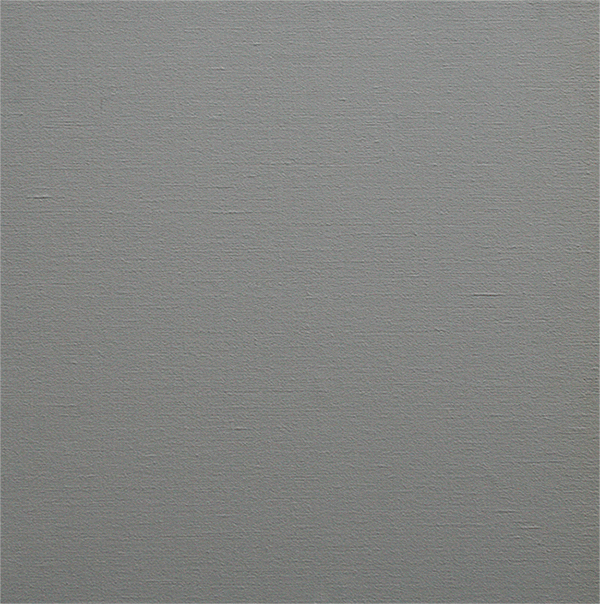Auction viewings
8 Nov 2014 11:00 - 17:00 9 Nov 2014 11:00 - 17:00
10 Nov 2014 09:00 - 19:30
11 Nov 2014 09:00 - 17:00
Auction viewings
8 Nov 2014 11:00 - 17:00 9 Nov 2014 11:00 - 17:00
10 Nov 2014 09:00 - 19:30
11 Nov 2014 09:00 - 17:00
12 Nov 2014 09:00 - 17:00
Auction viewings
16 Nov 2014 11:00 - 15:00
17 Nov 2014 09:00 - 16:30
18 Nov 2014 09:00 - 11:00
Sothebys: Important Russian Art & Russian Paintings
Auction viewings
21 Nov 2014 09:00 - 16:30 22 Nov 2014 12:00 - 17:00
23 Nov 2014 12:00 - 17:00
24 Nov 2014 09:00 - 15:00
Auction viewings
21 Nov 2014 09:00 - 16:30 22 Nov 2014 12:00 - 17:00
23 Nov 2014 12:00 - 17:00
Christie's South Kensington: Victorian, Pre-Raphaelite & British Impressionist Art
Auction viewings
22 Nov 2014 11:00 - 17:00
23 Nov 2014 11:00 - 17:00
24 Nov 2014 09:00 - 19:30
25 Nov 2014 09:00 - 17:00
Bonhams Knightsbridge: European, Victorian and British Impressionist Art
Auction viewings
23 Nov 2014 11:00 - 15:00
24 Nov 2014 09:00 - 16:30
25 Nov 2014 09:00 - 11:00
6 Dec 2014 12:00 - 17:00
7 Dec 2014 12:00 - 17:00
8 Dec 2014 09:00 - 16:30
9 Dec 2014 09:00 - 12:00
Auction viewings
5 Dec 2014 09:00 - 16:30 6 Dec 2014 12:00 - 17:00
7 Dec 2014 12:00 - 17:00
8 Dec 2014 09:00 - 16:30
9 Dec 2014 09:00 - 12:00
Auction viewings
6 Dec 2014 12:00 - 17:00
7 Dec 2014 12:00 - 17:00
8 Dec 2014 09:00 - 16:30
9 Dec 2014 09:00 - 16:30
10 Dec 2014 12:00 - 16:30
11 Dec 2014 12:00 - 12:00
Auction viewings
5 Dec 2014 12:00 - 16:30
7 Dec 2014 12:00 - 17:00
8 Dec 2014 09:00 - 16:30
9 Dec 2014 09:00 - 16:30
Auction viewings
5 Dec 2014 12:00 - 16:30
7 Dec 2014 12:00 - 17:00
8 Dec 2014 09:00 - 16:30
9 Dec 2014 09:00 - 16:30
5 Dec 2014 09:00 - 16:30
7 Dec 2014 12:00 - 17:00
8 Dec 2014 09:00 - 16:30
9 Dec 2014 09:00 - 16:30
10 Dec 2014 09:00 - 16:30























































